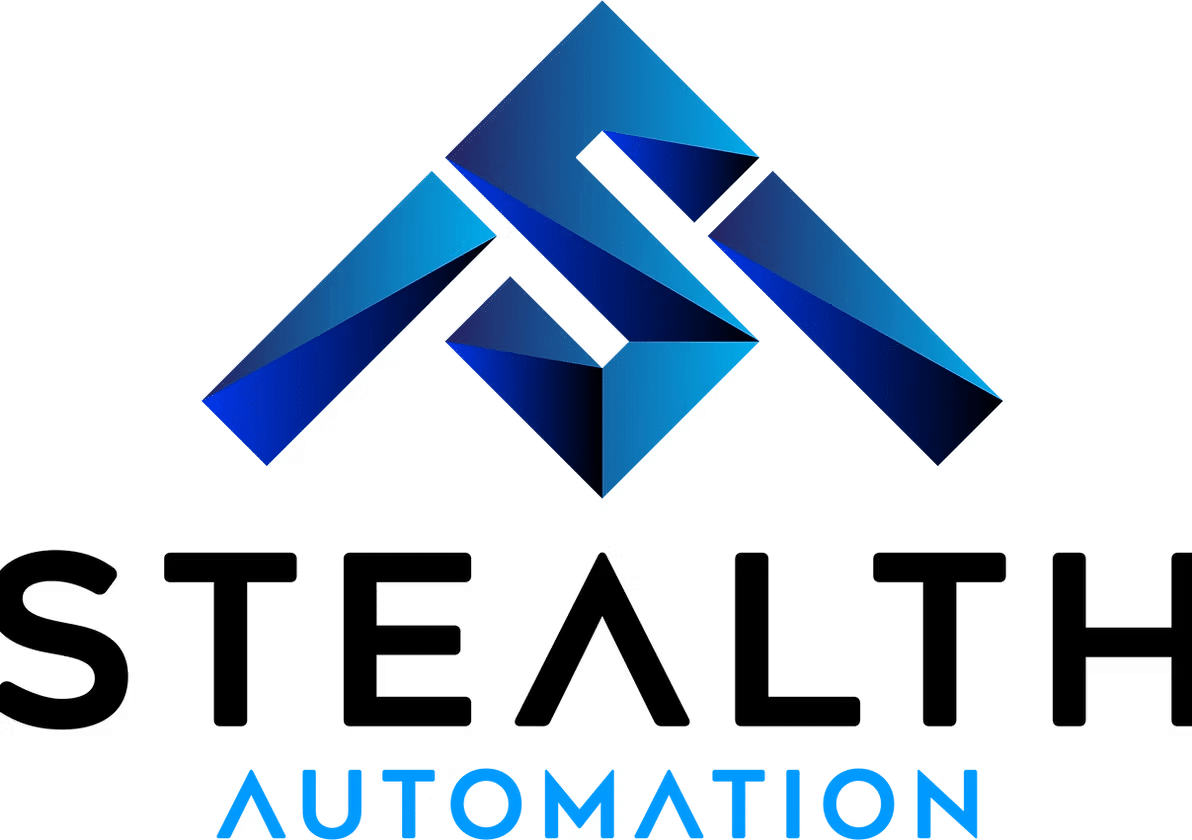The cost of preventative maintenance depends on several factors, such as the type of equipment, its age, the complexity of the maintenance tasks, and the frequency of the service. Generally, preventative maintenance includes labor, parts, and potentially downtime costs.
Here are the main components that contribute to the cost:
- Labor: Wages of the technicians performing the maintenance.
- Parts: Cost of any replacement parts or consumables (e.g., filters, lubricants).
- Tools/Equipment: Expenses for specialized tools and equipment used for maintenance.
- Downtime: If equipment needs to be shut down for maintenance, there may be production or operational delays that can impact overall costs.
- Scheduling & Admin: Time and resources spent on scheduling and record-keeping for the maintenance.
On average, preventative maintenance costs can range from 1-3% of the equipment’s initial value per year, but it varies widely based on the factors mentioned. When done properly, preventative maintenance can reduce unexpected failures and extend the lifespan of equipment, potentially saving on larger repair or replacement costs in the long run.
Preventative maintenance is worth the investment for several key reasons, all of which contribute to long-term cost savings, improved efficiency, and reliability. Here are the main benefits:
- Reduced Unexpected Failures: By proactively maintaining equipment, you can catch small issues before they turn into larger, more expensive problems. This reduces the likelihood of sudden breakdowns, which can result in costly repairs and unplanned downtime.
- Extended Equipment Lifespan: Regular maintenance helps extend the life of equipment, protecting the initial investment. Proper care can delay or eliminate the need for costly replacements, making it more cost-effective over time.
- Improved Efficiency and Performance: Well-maintained equipment runs more efficiently, reducing energy consumption and improving overall performance. This can result in higher productivity and lower operational costs.
- Reduced Downtime: Preventative maintenance schedules are planned in advance, minimizing unexpected disruptions. By maintaining equipment before it fails, you can avoid the costly downtime associated with emergency repairs or replacement.
- Enhanced Safety: Routine maintenance ensures that equipment is operating within safe parameters, helping to avoid hazardous situations that could lead to accidents, injuries, or even lawsuits.
- Better Budget Management: Predictable maintenance costs help with budgeting, as you’re not dealing with sudden, large repair or replacement expenses. It allows for more effective resource allocation.
In summary, preventative maintenance reduces the likelihood of costly emergency repairs, extends the life of equipment, improves efficiency, and ensures safety—making it a sound investment that pays off in the long term.
Reach out to Stealth Automation to schedule preventative maintenance today!
